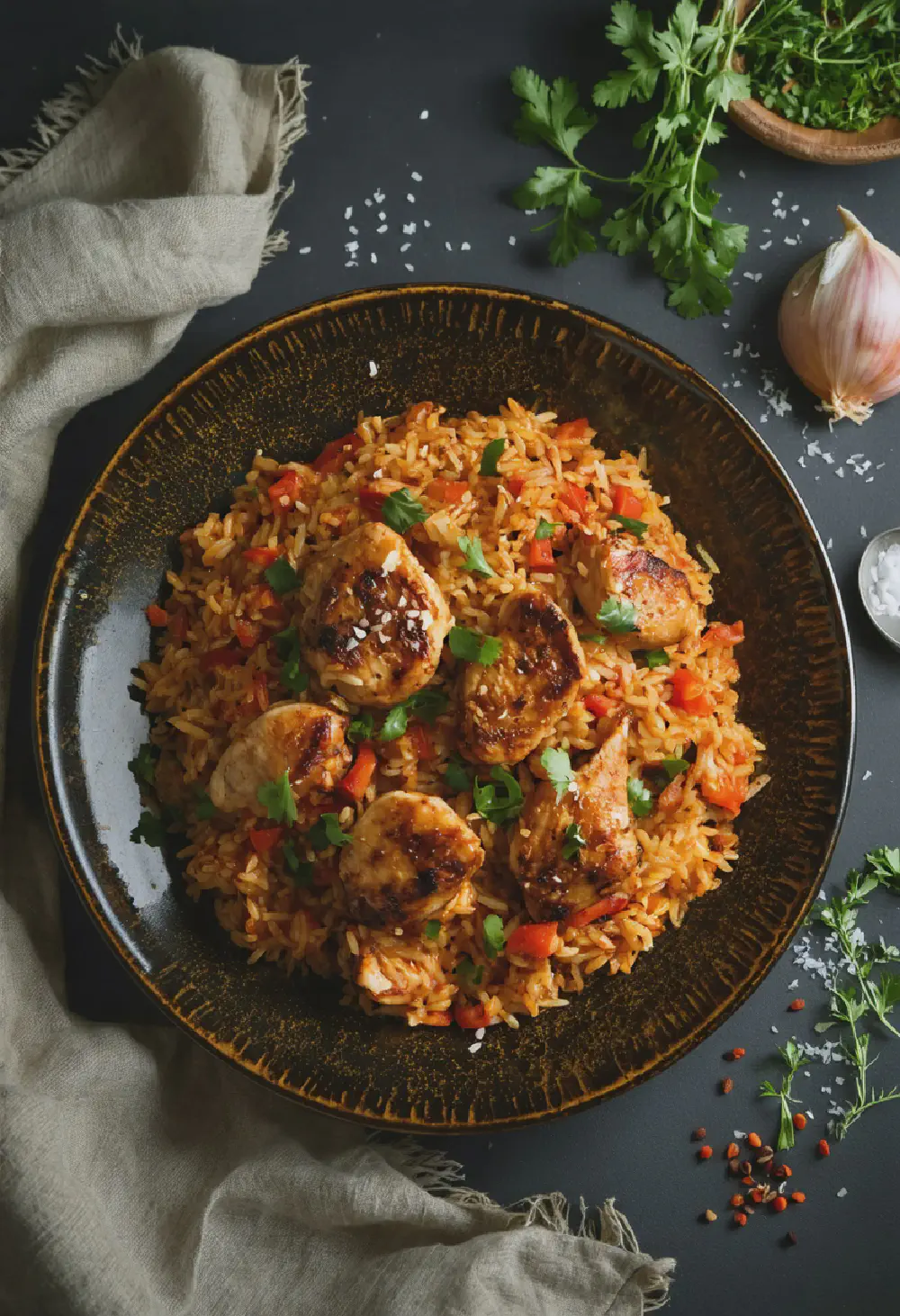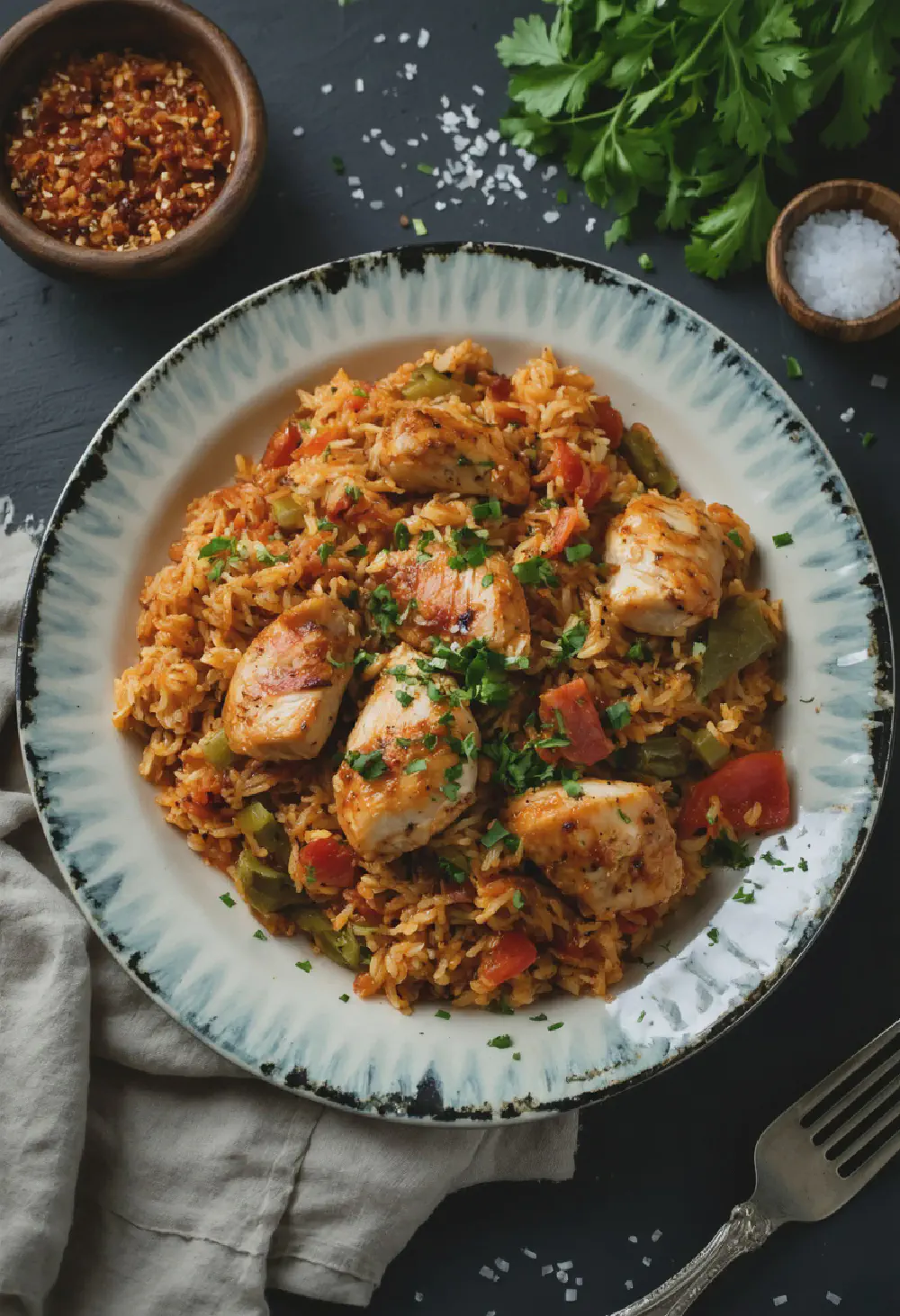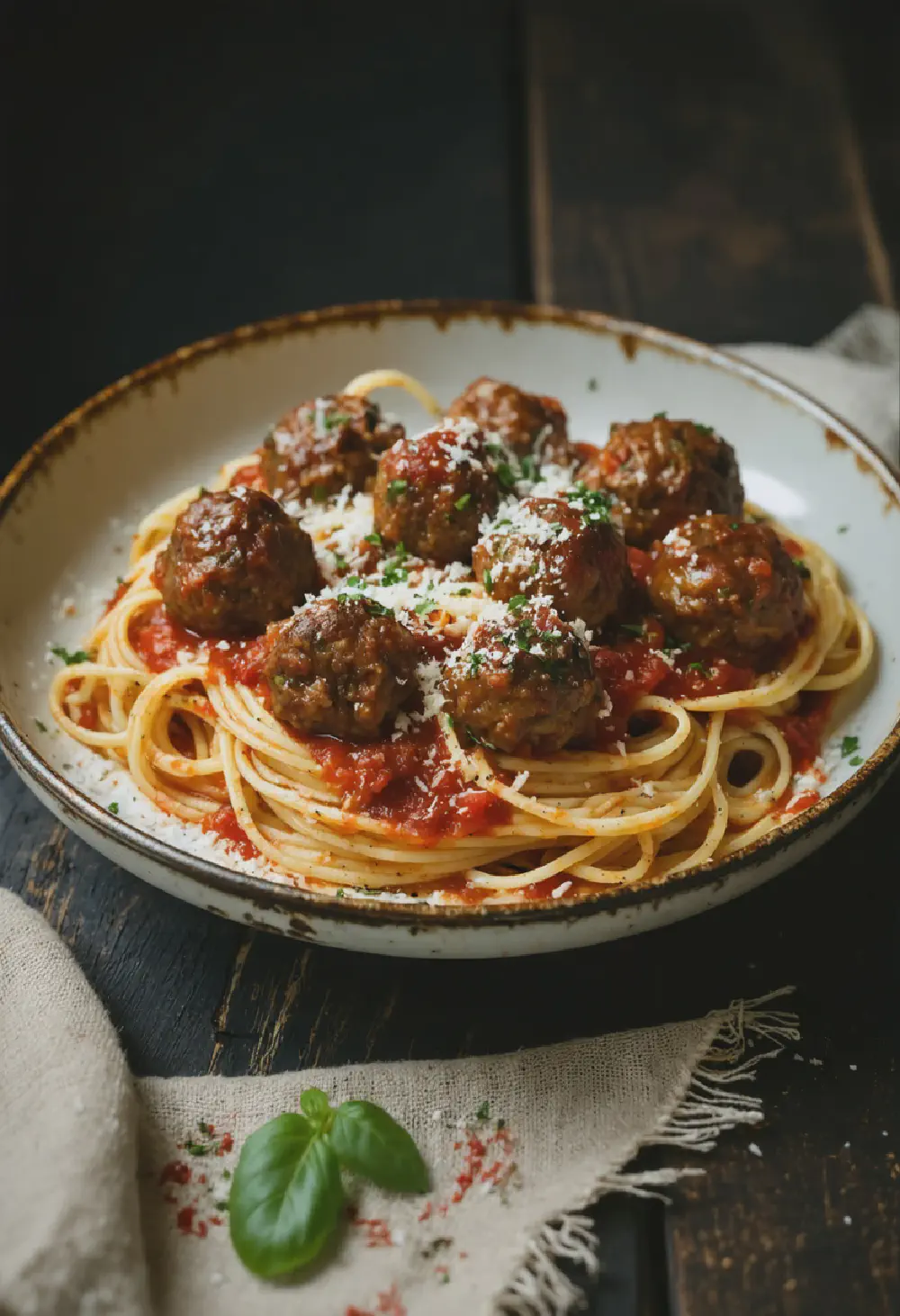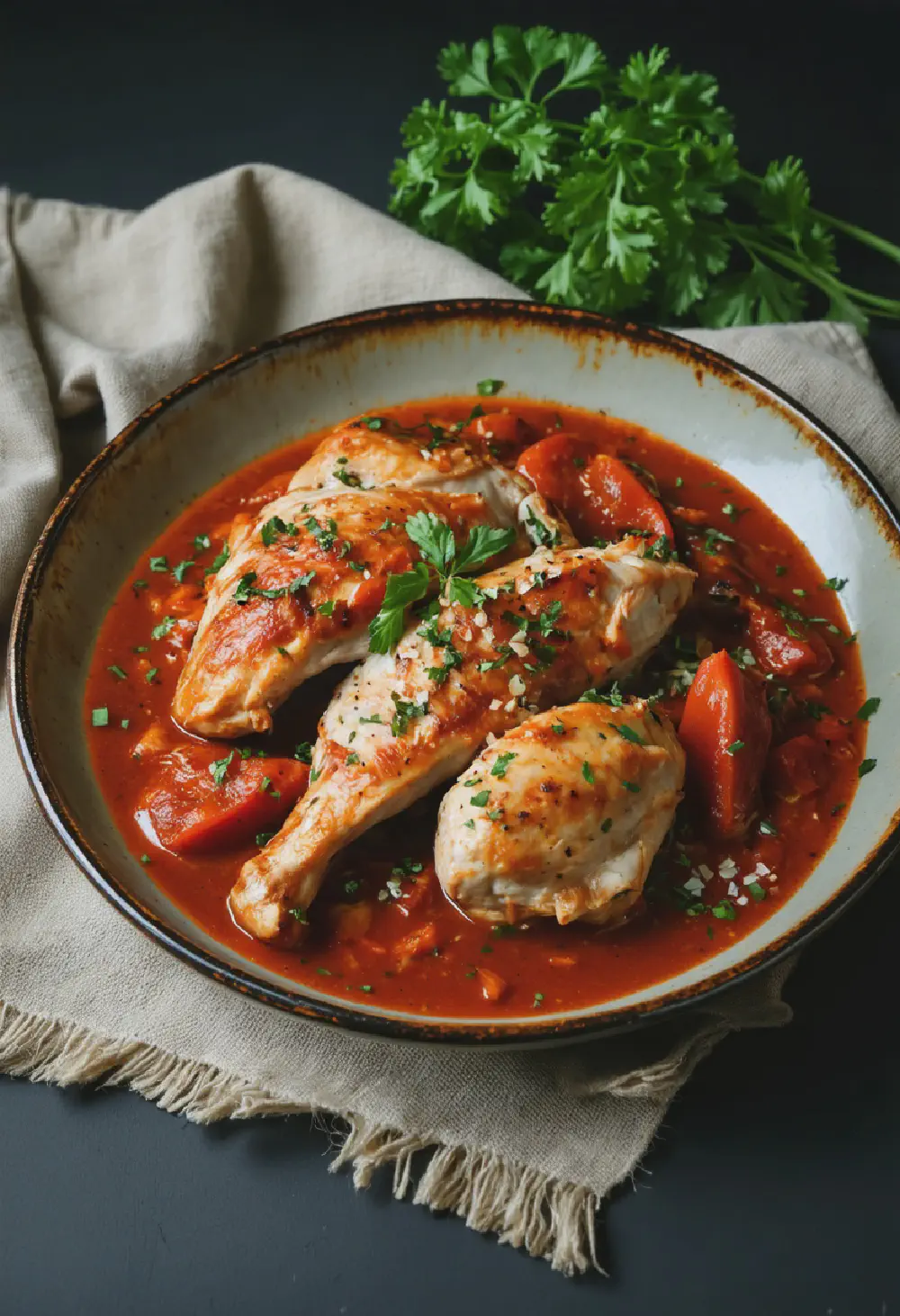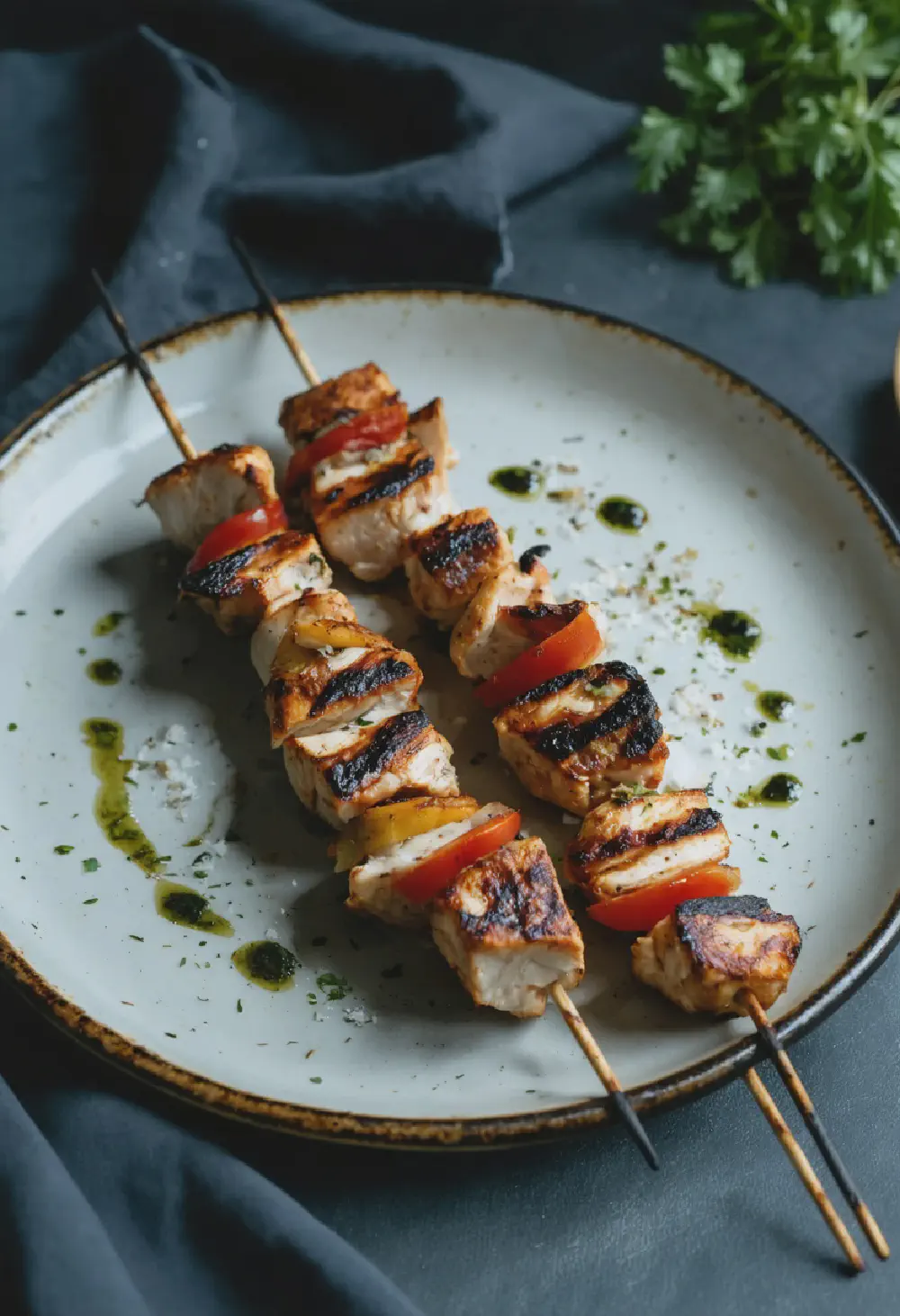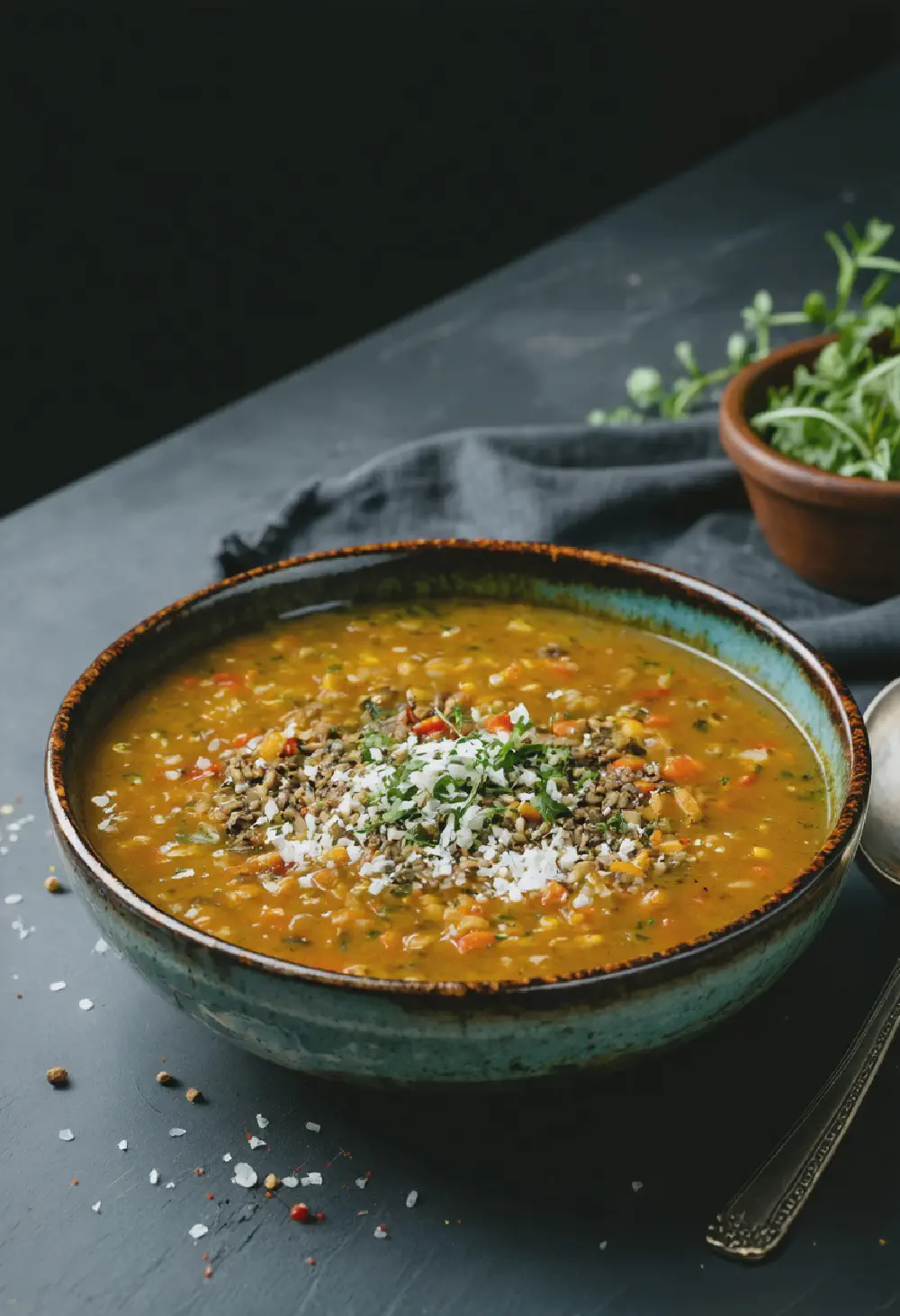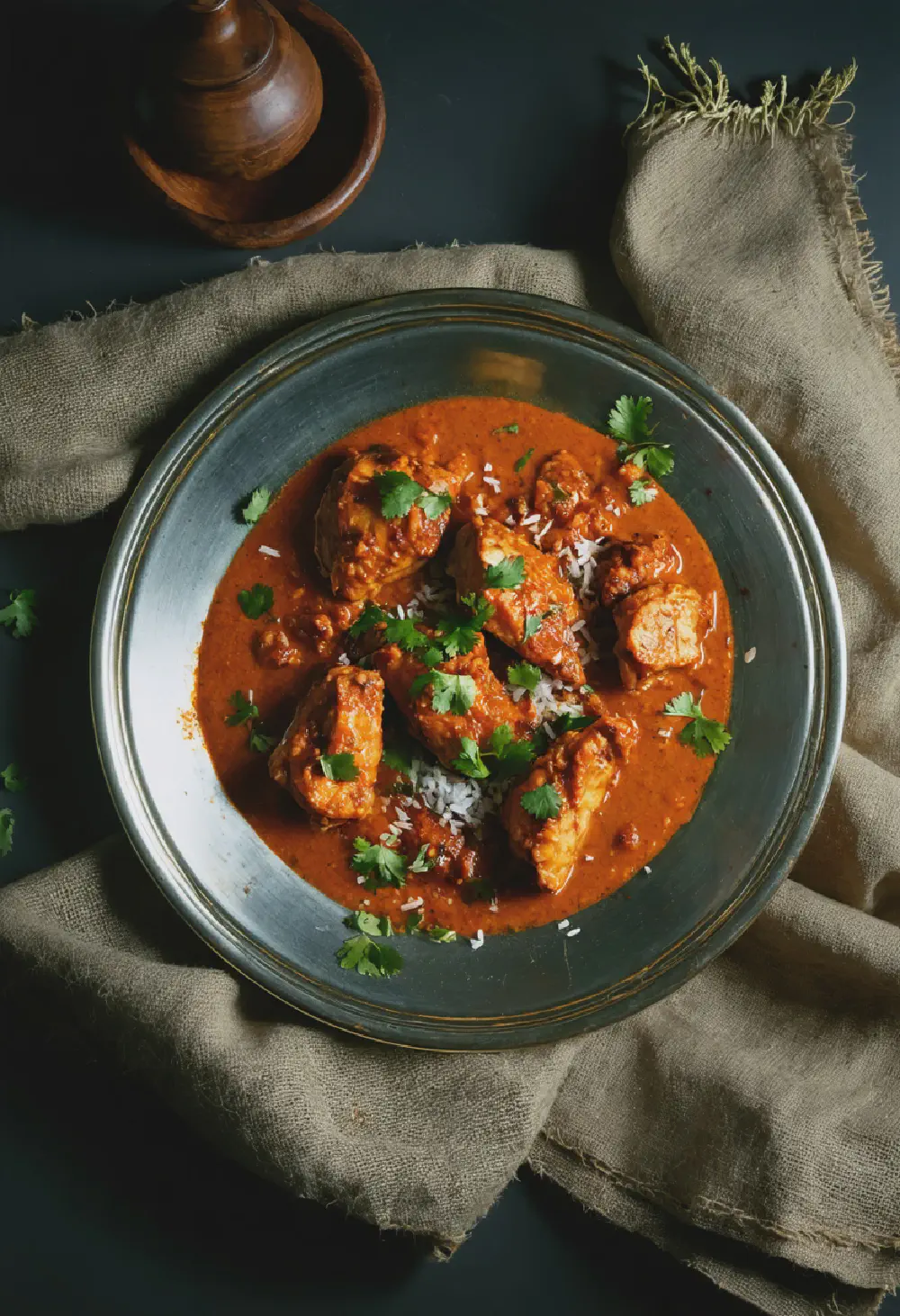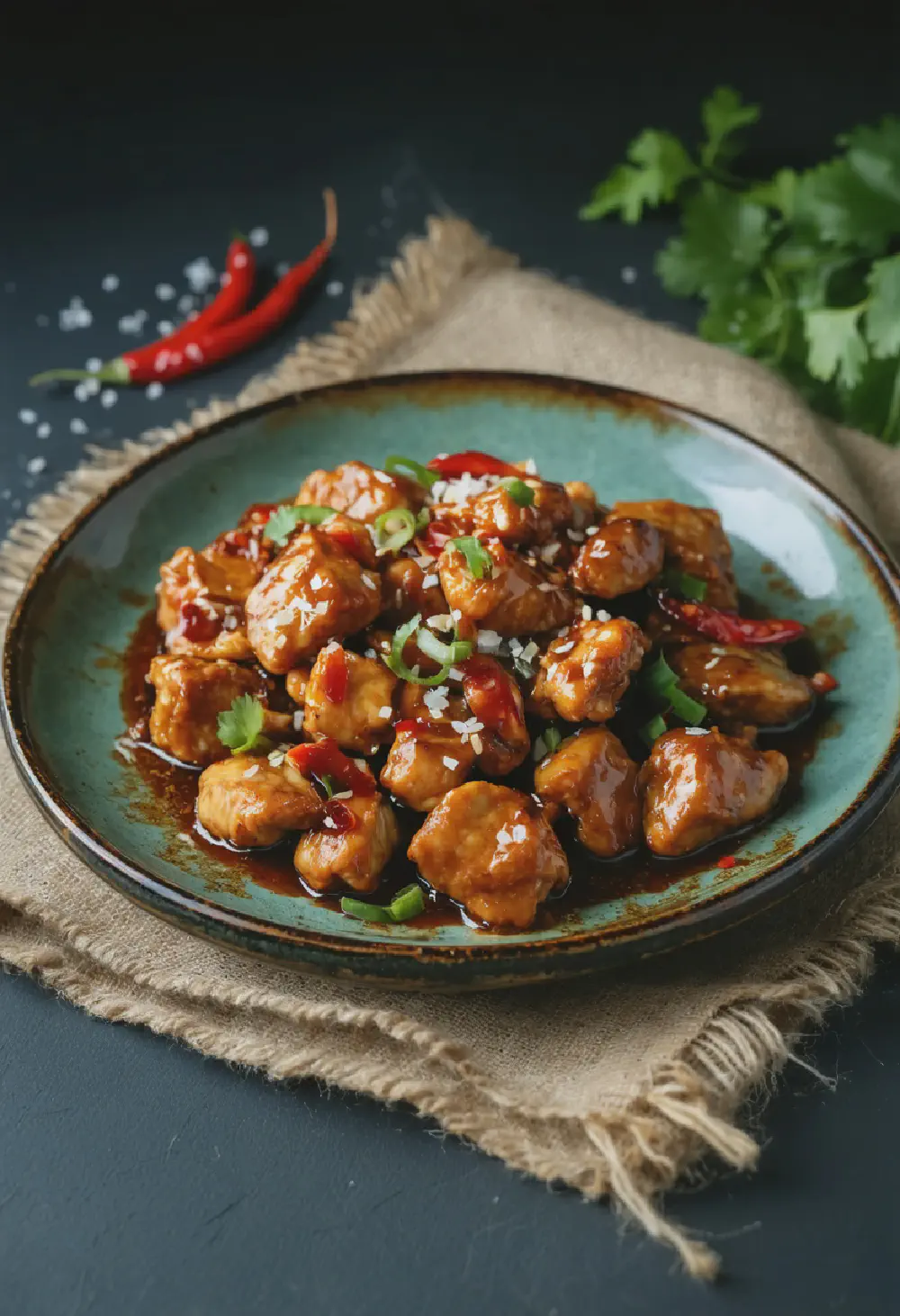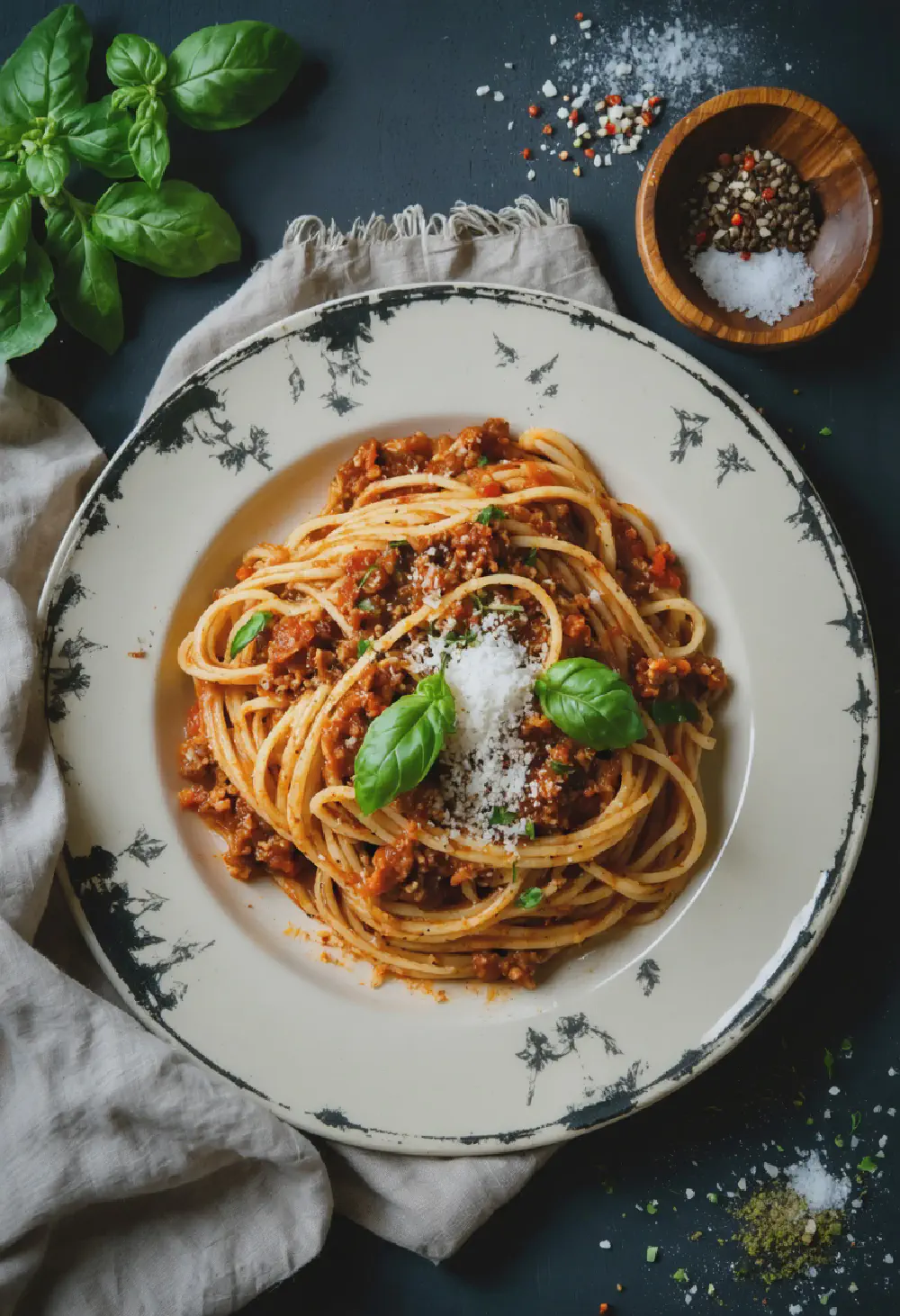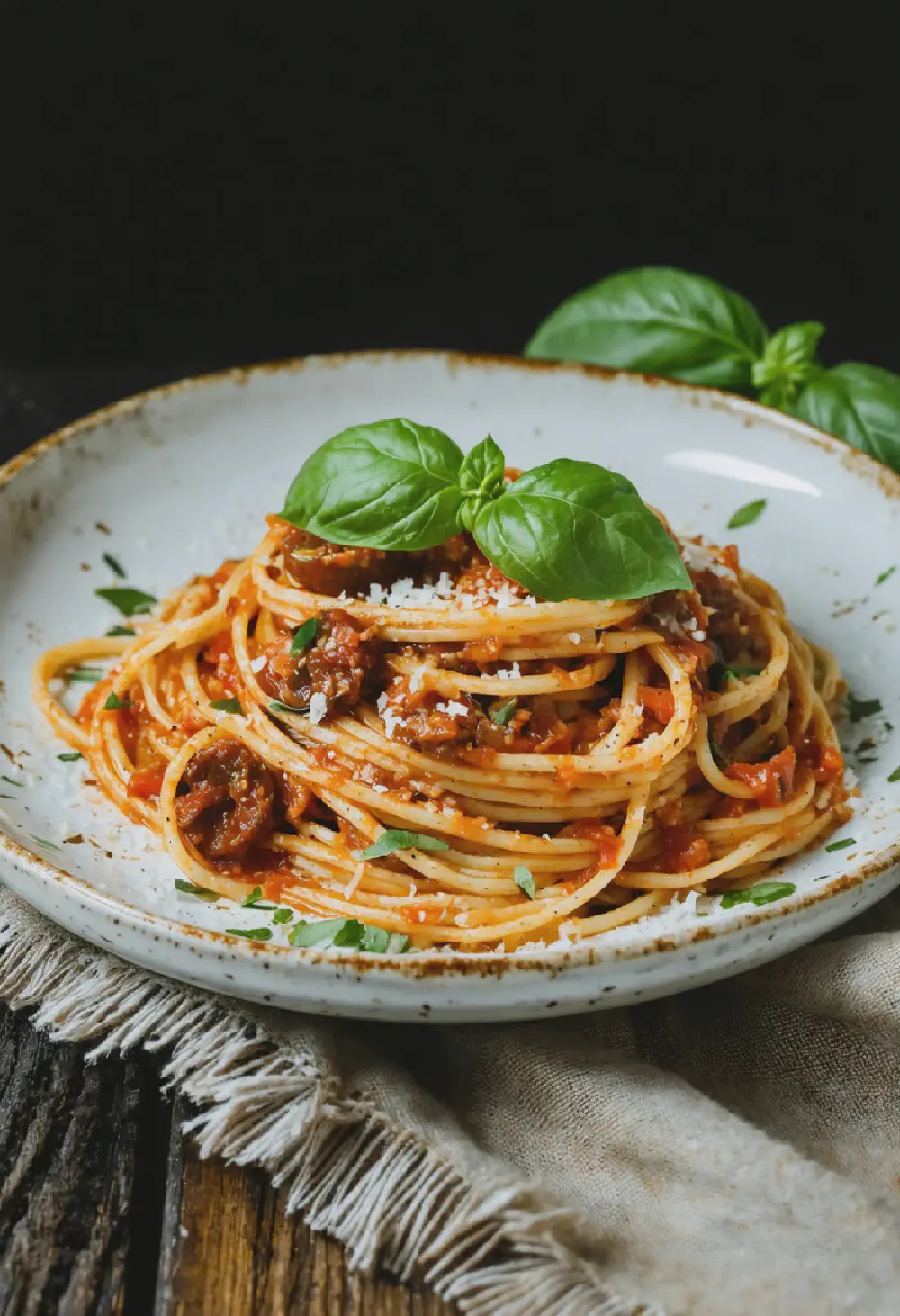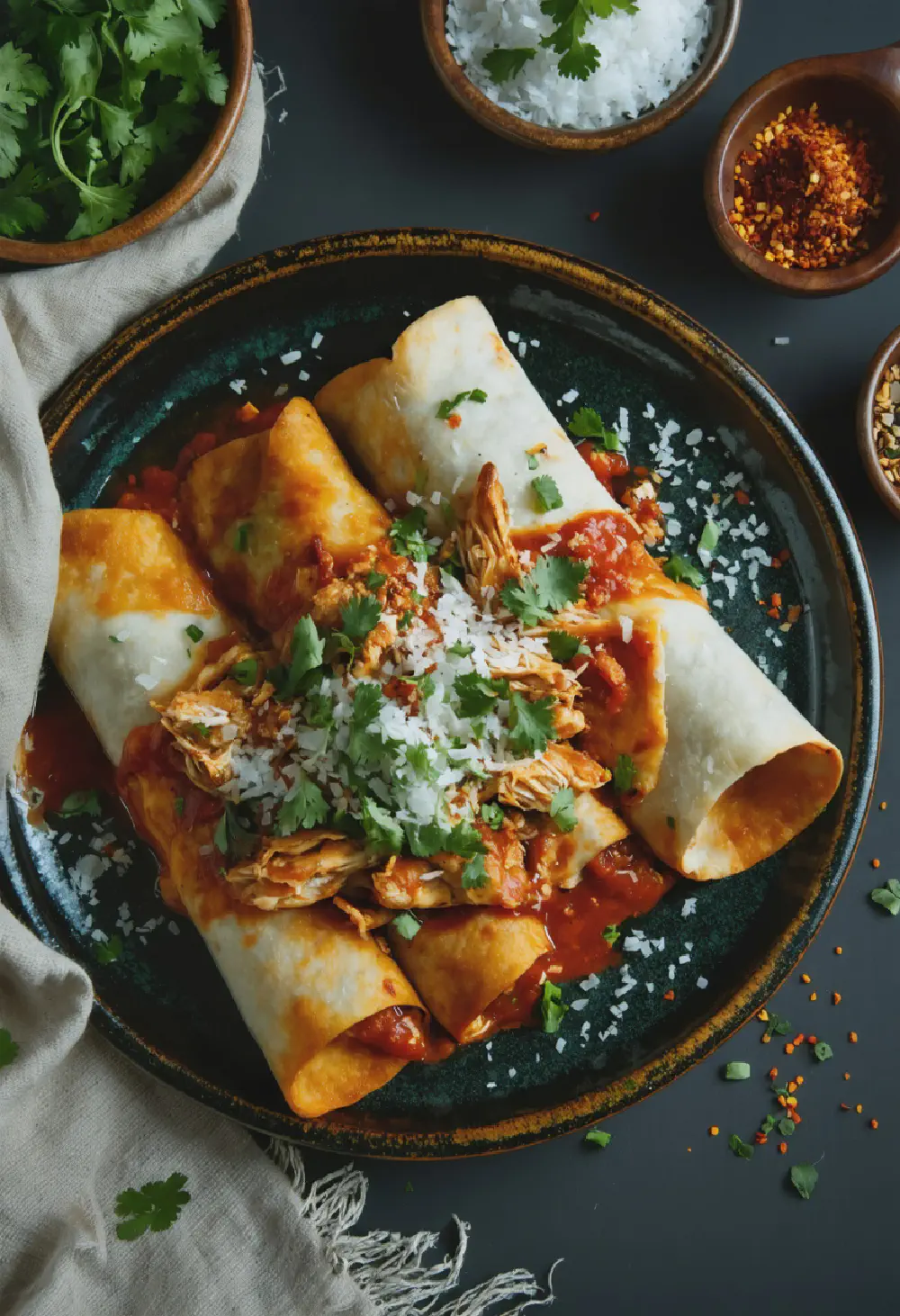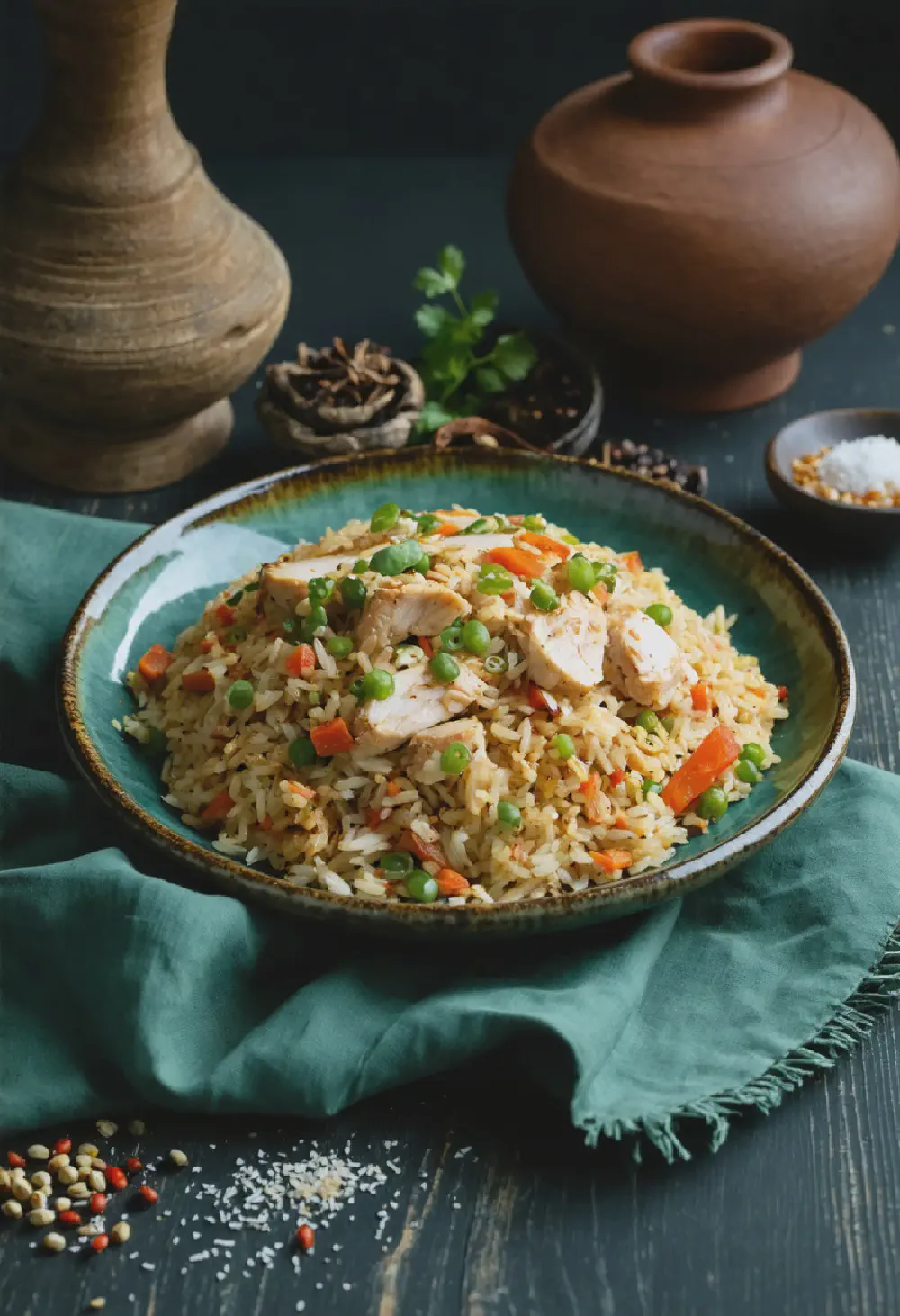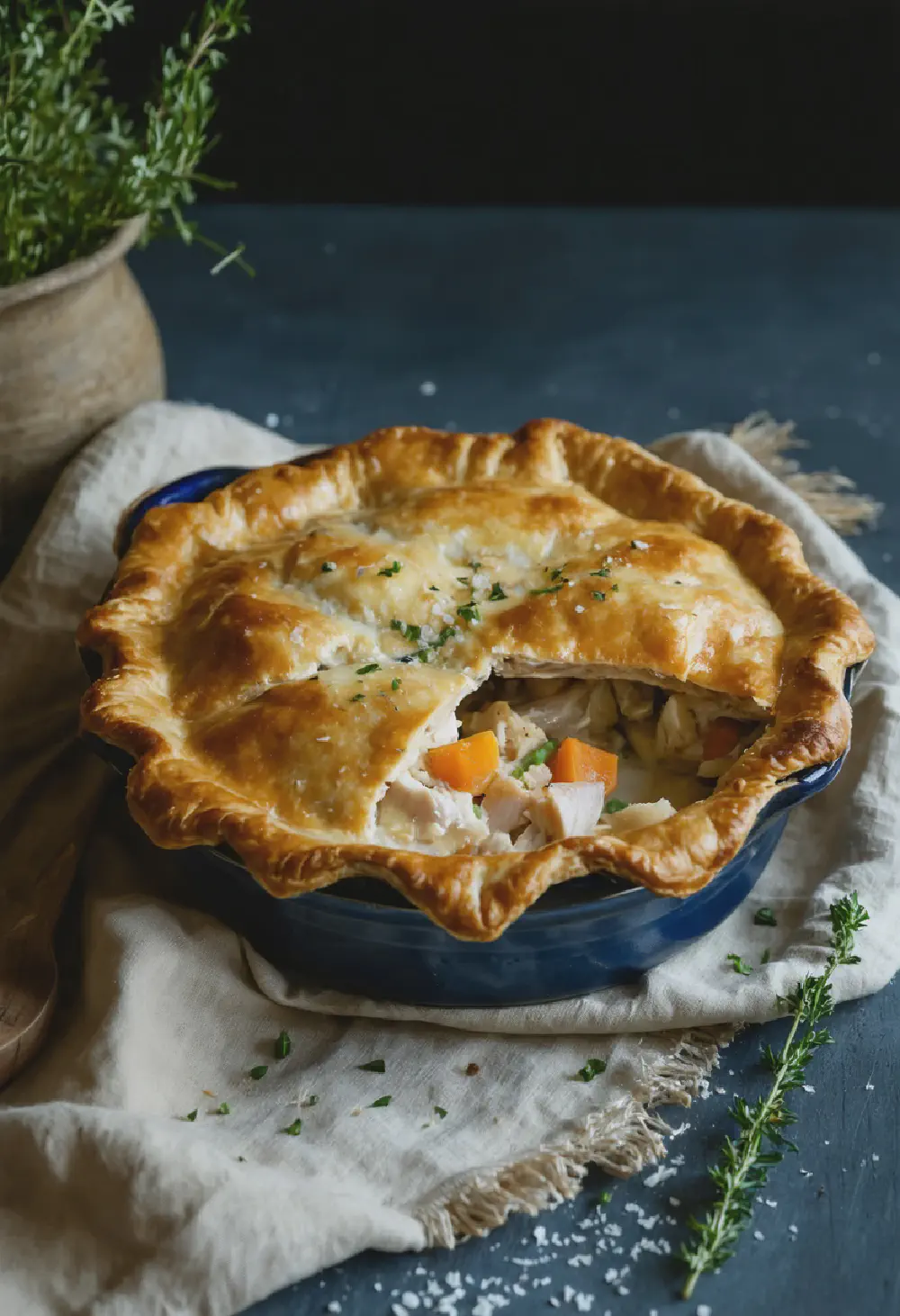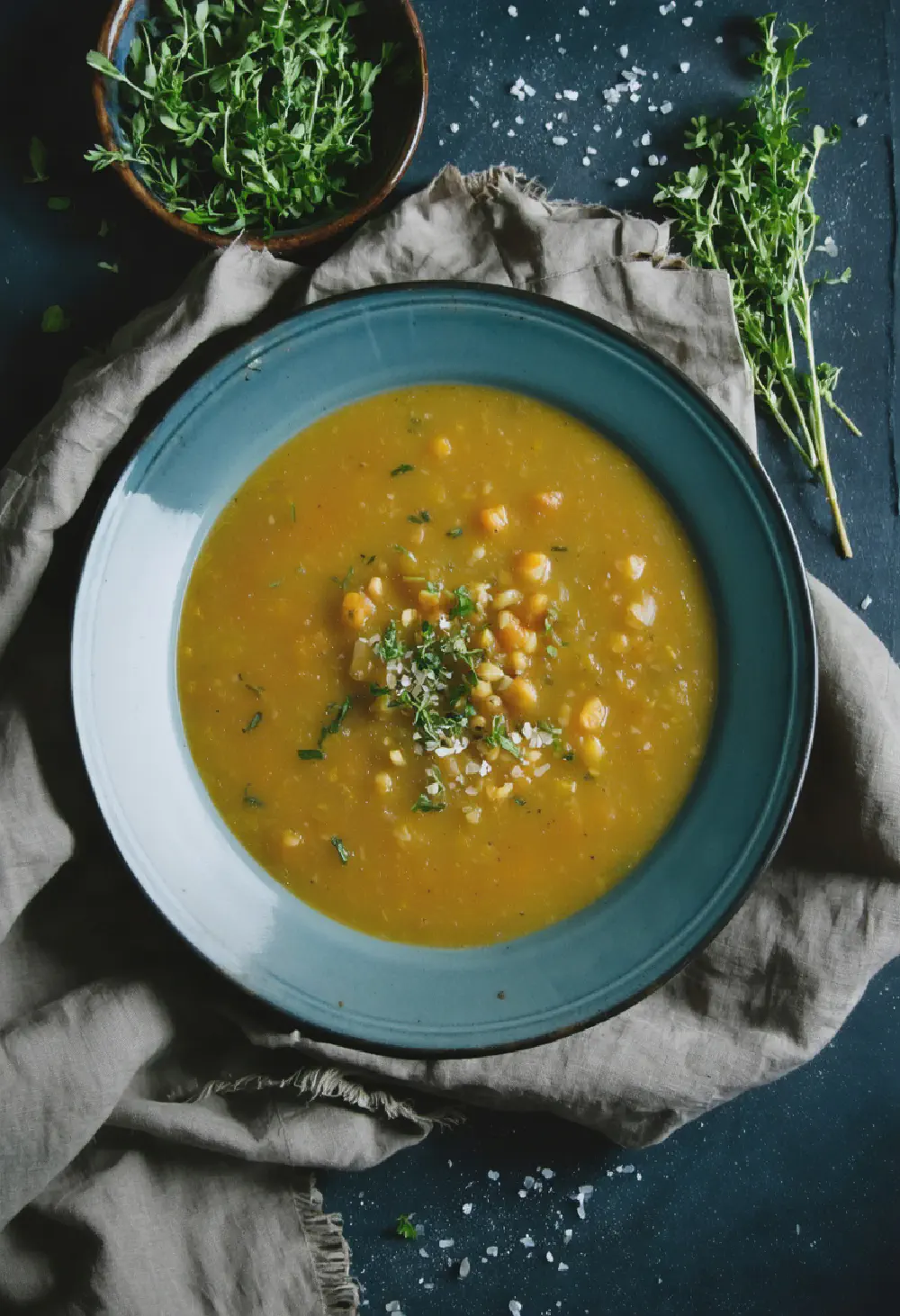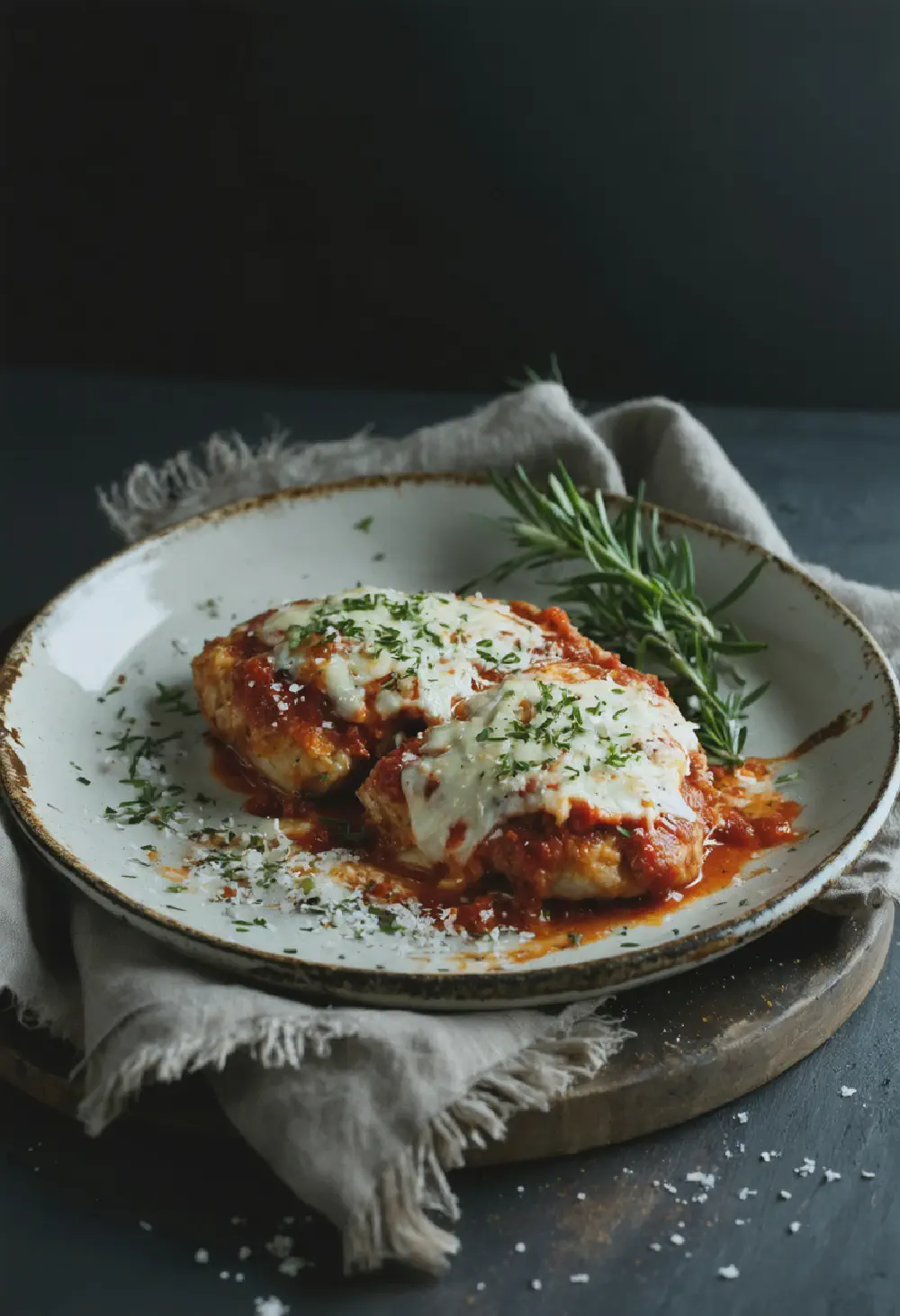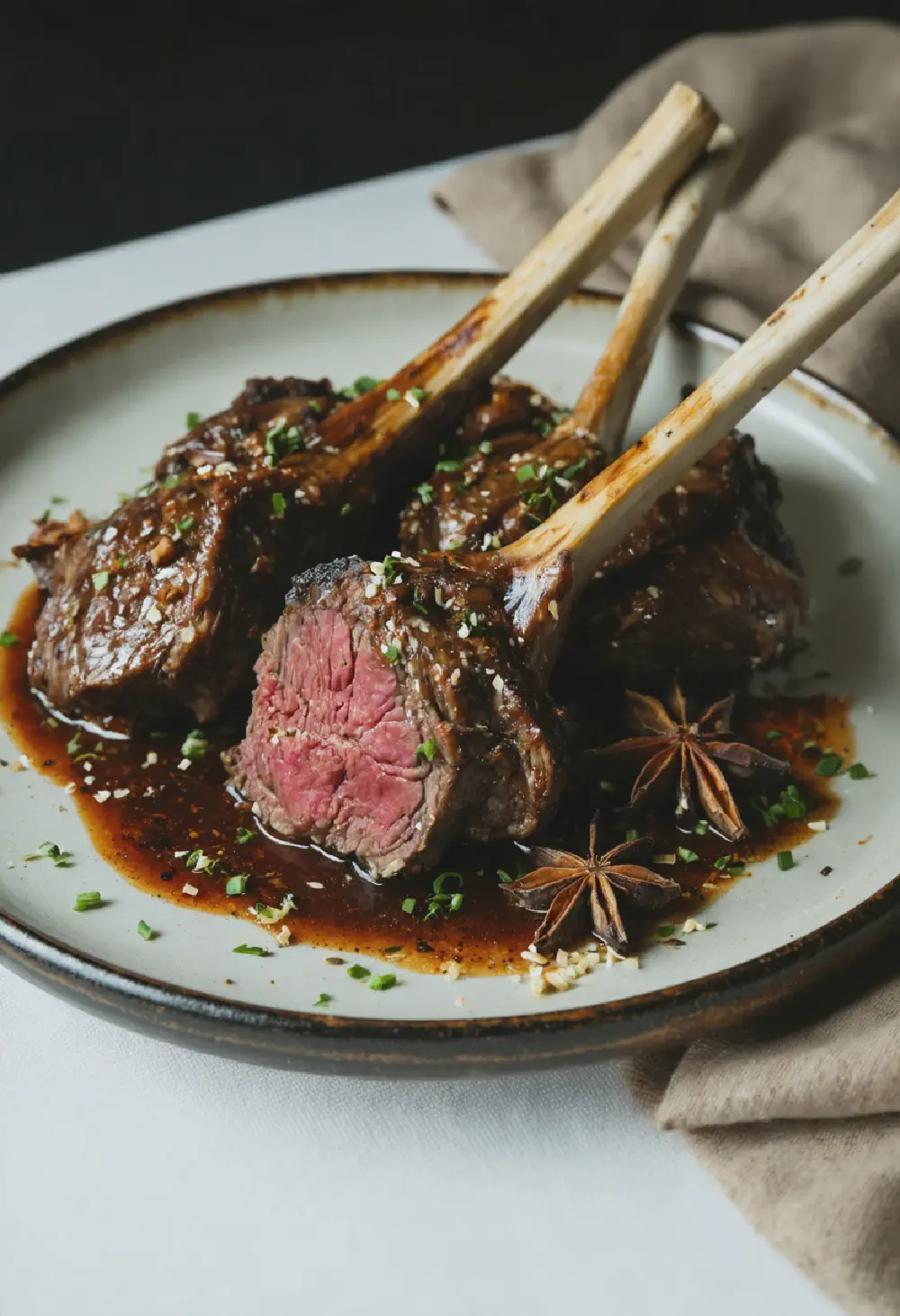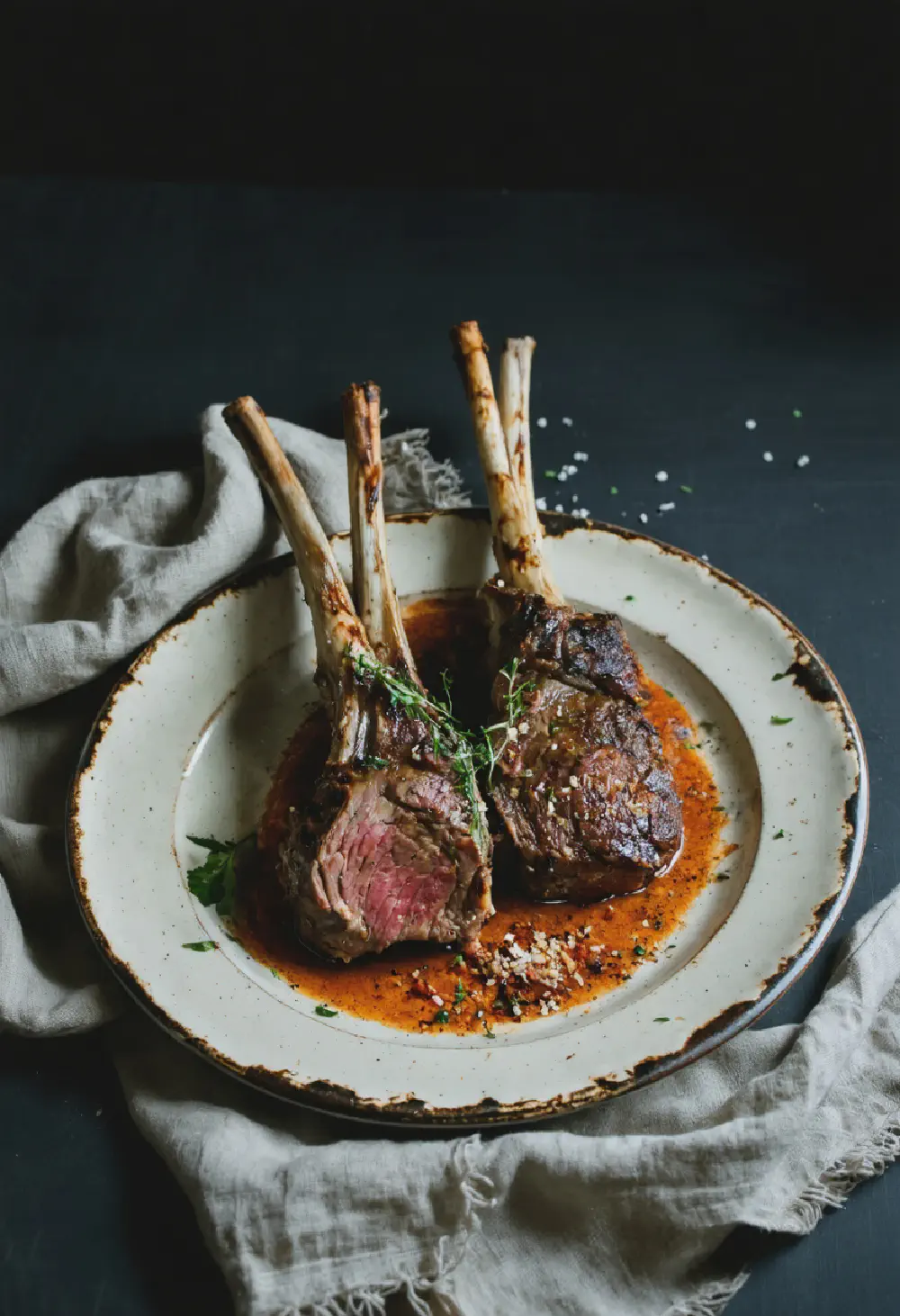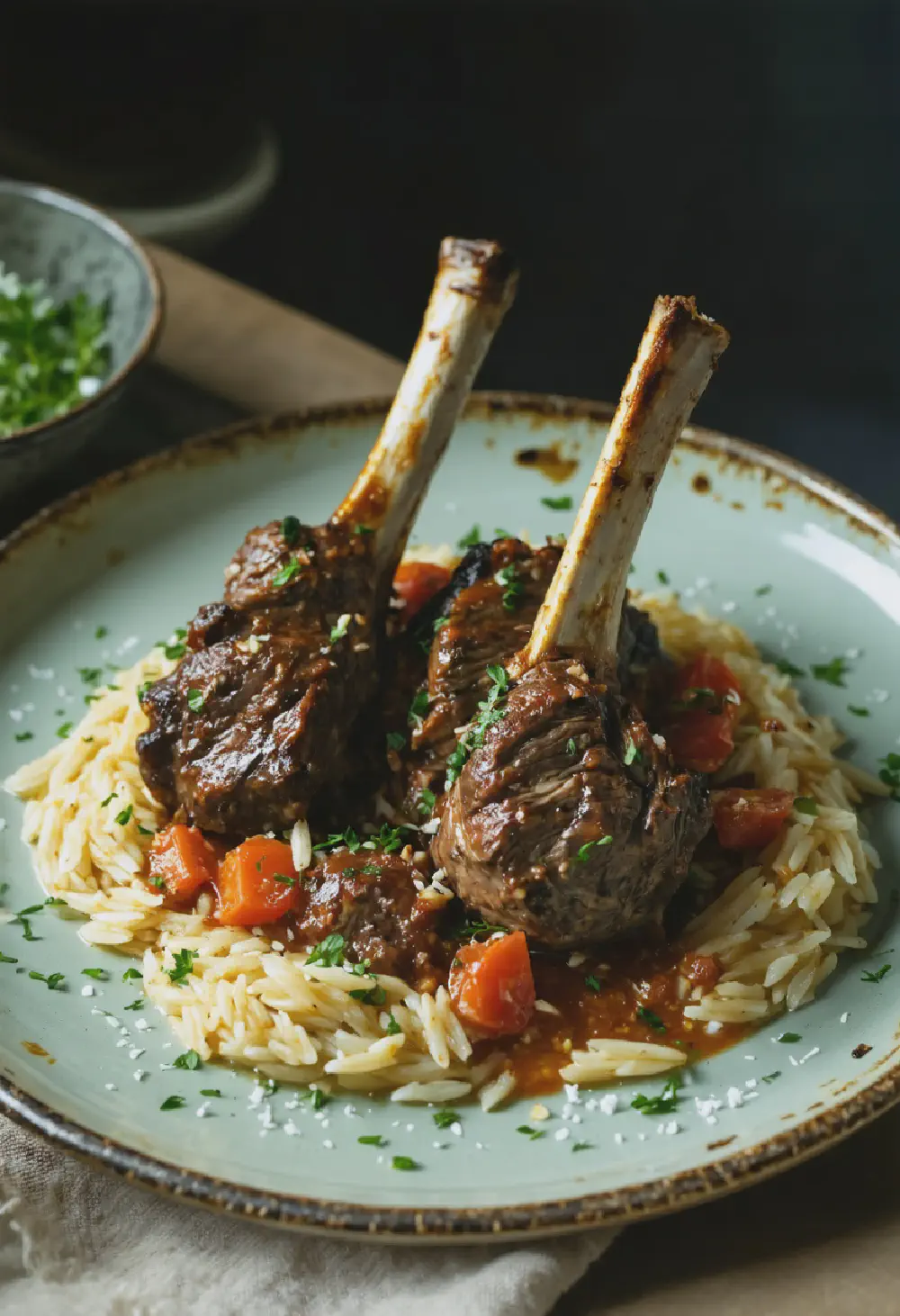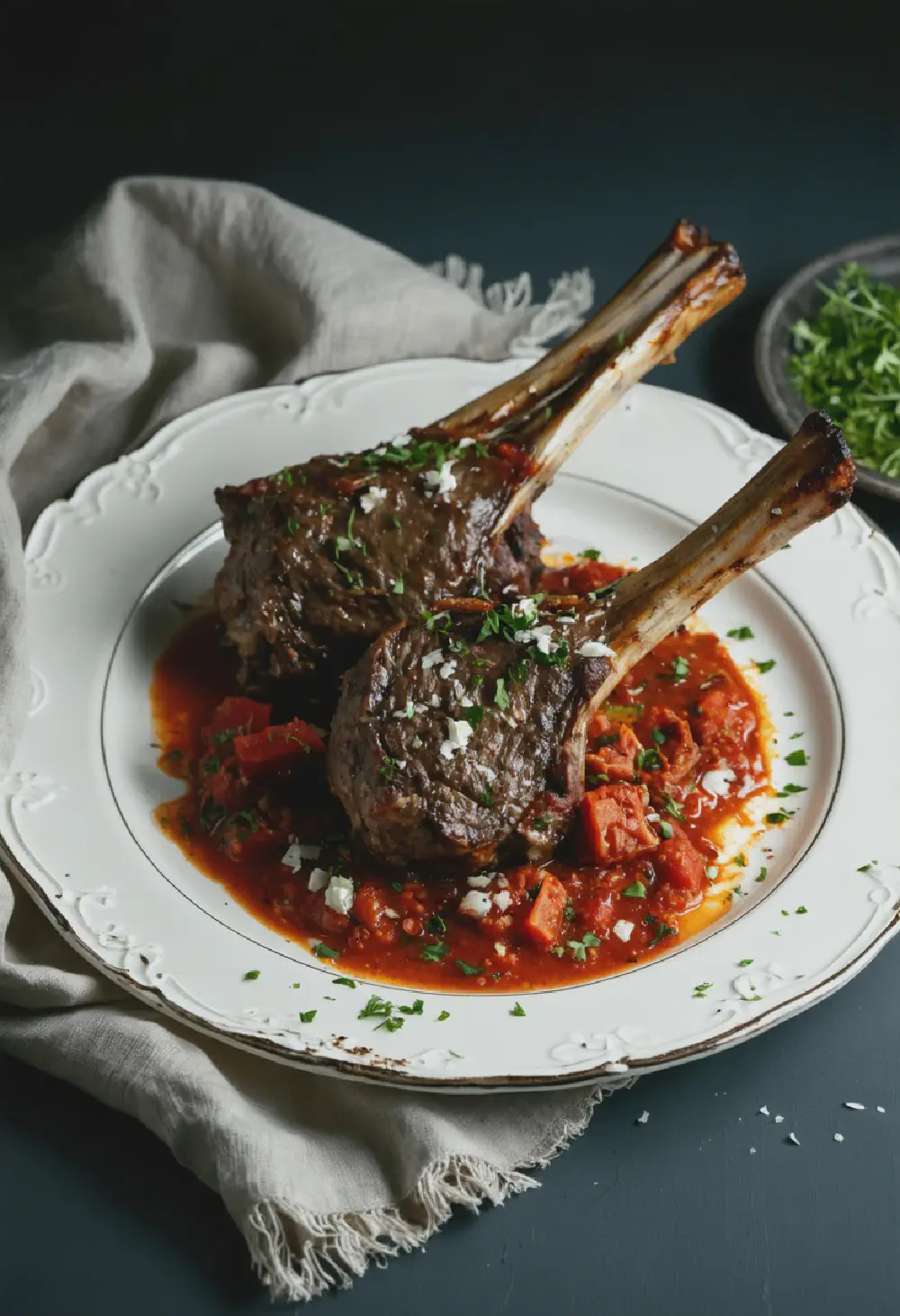Chicken Jambalaya
20M
1H and 5M
- Makes 6
- 1 lb boneless, skinless chicken breasts, cut into bite-sized pieces
- 1/2 lb andouille sausage, sliced
- 1 large onion, chopped
- 1 green bell pepper, chopped
- 2 stalks celery, chopped
- 3 cloves garlic, minced
- 1 can (14.5 oz) diced tomatoes, undrained
- 1 cup long-grain white rice
- 2 cups chicken broth
- 1 tsp dried thyme
- 1 tsp dried oregano
- 1/2 tsp cayenne pepper
- 1/2 tsp paprika
- Salt and black pepper to taste
- 2 green onions, sliced (for garnish)
- Fresh parsley, chopped (for garnish)
- In a large pot or Dutch oven, heat 1 tablespoon of oil over medium-high heat. Add the chicken pieces and cook until browned on all sides, about 5-7 minutes. Remove the chicken and set aside.
- In the same pot, add the sliced andouille sausage and cook until browned, about 3-4 minutes. Remove the sausage and set aside with the chicken.
- Add the chopped onion, green bell pepper, and celery to the pot. Cook, stirring occasionally, until the vegetables are softened, about 5 minutes.
- Stir in the minced garlic and cook for another minute until fragrant.
- Add the diced tomatoes with their juice, rice, chicken broth, thyme, oregano, cayenne pepper, and paprika to the pot. Stir well to combine.
- Return the browned chicken and sausage to the pot. Season with salt and black pepper to taste.
- Bring the mixture to a boil, then reduce the heat to low. Cover and simmer for about 25-30 minutes, or until the rice is cooked and has absorbed most of the liquid.
- Remove the pot from the heat and let it sit, covered, for about 5 minutes.
- Fluff the jambalaya with a fork and garnish with sliced green onions and chopped fresh parsley before serving.
Chicken Jambalaya: A Flavorful Journey Through Cajun/Creole Cuisine
History
Chicken Jambalaya, a beloved dish in the heart of Cajun and Creole cuisine, has a rich history that traces back to the multicultural influences of Louisiana. The origins of Jambalaya are often debated, but it’s widely believed to have been inspired by the Spanish dish paella, brought to the region by Spanish settlers in the 18th century. Over time, local ingredients and cooking techniques transformed this dish into what we now know as Jambalaya. The name itself is thought to derive from the Provençal word “jambalaia,” meaning a mishmash or mix, reflecting the diverse ingredients that come together in this hearty meal. As a staple in Cajun and Creole kitchens, Chicken Jambalaya has become a symbol of the region’s culinary heritage, celebrated for its ability to bring people together over a comforting, flavorful meal.
Taste Profile
The taste profile of Chicken Jambalaya is a harmonious blend of bold and comforting flavors, characteristic of Cajun and Creole cuisine. At its core, the dish features tender pieces of chicken and spicy sausage, which add a depth of flavor and a satisfying texture. The vegetables, including bell peppers, onions, and celery (known as the “holy trinity” in Cajun cooking), contribute a fresh and aromatic base to the dish. The rich, savory sauce is infused with a mix of herbs and spices, such as thyme, oregano, and cayenne pepper, creating a complex and well-balanced flavor profile. The result is a dish that is both spicy and comforting, with a warmth that lingers on the palate, making Chicken Jambalaya a perfect choice for those seeking a taste of New Orleans.
Cultural Significance
In the context of Cajun and Creole cuisine, Chicken Jambalaya holds a special place as a dish that embodies the cultural significance of communal dining and celebration. Often prepared for large gatherings and family events, Jambalaya is a testament to the region’s tradition of coming together over food. The dish’s versatility and ability to feed a crowd make it a popular choice for festivals, Mardi Gras celebrations, and other social occasions. Moreover, Chicken Jambalaya reflects the multicultural influences that have shaped Louisiana’s culinary landscape, showcasing the fusion of African, Spanish, French, and Native American flavors. As such, it serves as a delicious reminder of the region’s rich history and the importance of preserving and celebrating its culinary traditions.
